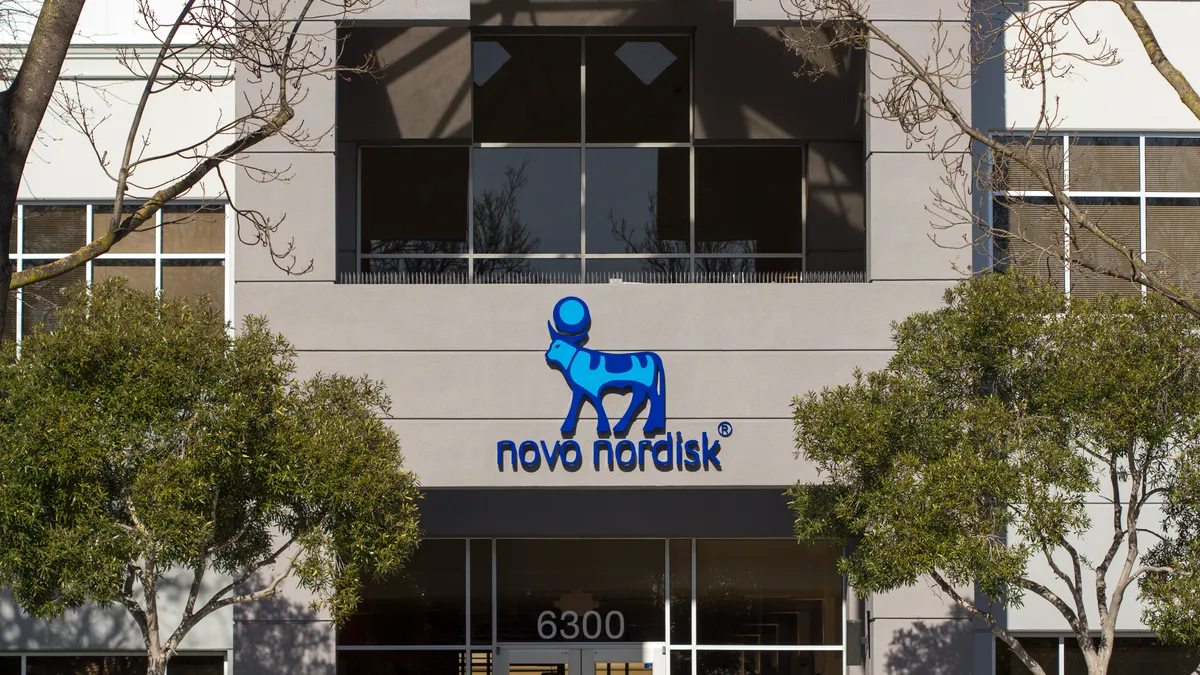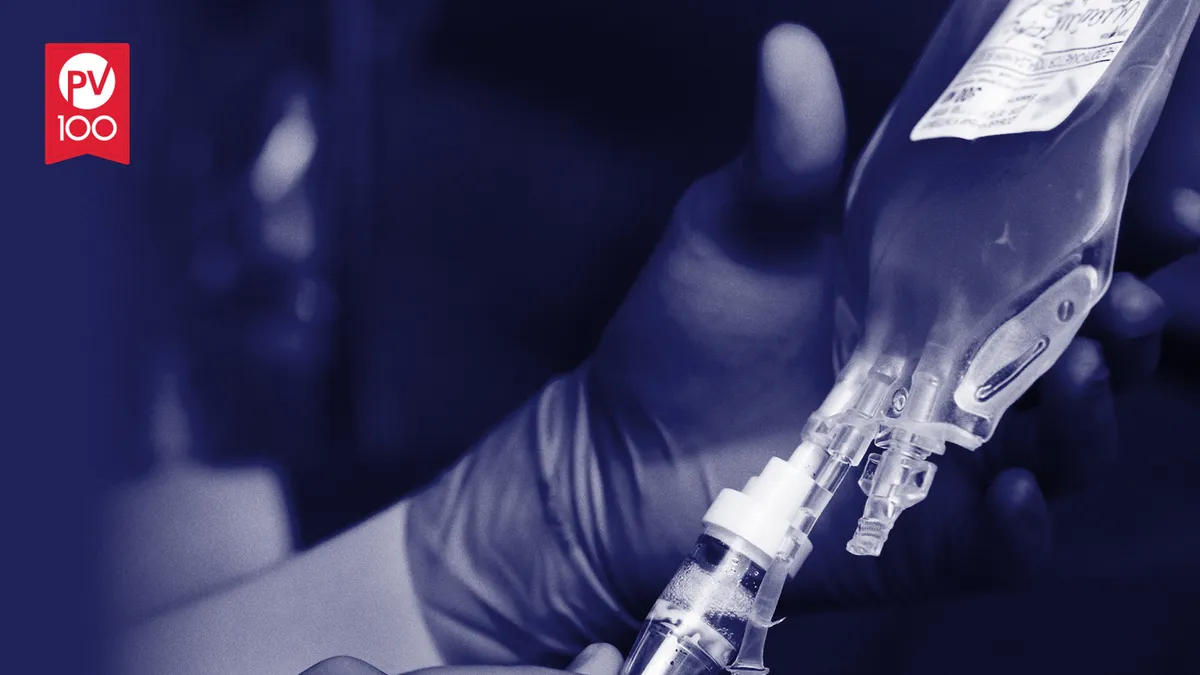The FDA has issued a final rule that pulls lab developed tests under the same review process as medical devices and could slow work in clinical trials, according to critics.
LDTs, or in vitro diagnostic products (IVDs), are developed by a single laboratory and used in the clinical setting and for a range of assays — from genetic to COVID-19 tests.
After the rule was initially proposed, it received more than 6,700 comments during the public period last fall, with many arguing it would limit access to testing and negatively impact clinical trials. In response to the comments, the FDA updated the phaseout policy, with a four-year plan for IVDs to meet the new requirements, and included additional exceptions. While labs that create LDTs are already regulated under the Clinical Laboratory Improvement Amendments of 1988 to meet those requirements, the FDA said the new rule will solidify the regulatory framework.
“By applying the same general oversight approach to laboratories and non-laboratories that manufacture IVDs, the FDA will reduce regulatory uncertainty, which will give stakeholders more stability, clarity and confidence, and facilitate investment in the development of innovative IVDs,” the FDA said in a release.
Final rule highlights
Despite their wide use, LDTs are not without limitations, and regulators have long discussed oversight of the tests, which have become more complex and ubiquitous over time, according to the FDA.
The agency in 2015 highlighted 20 case studies of tests that were not up to par. The most well-known case involved the now-defunct blood testing company Theranos, which produced inaccurate LDTs that were used in clinical settings before the Centers for Medicare and Medicaid Services revoked the lab’s CLIA certification in 2016. The company subsequently fell apart and its top leaders were charged with fraud.
The oversight issue also came to light early in the pandemic when diagnostic tests weren’t available and labs couldn’t distribute LDTs due to emergency use authorization demands at the time.
The final rule now defines LDTs similarly to medical devices when it comes to regulation, allowing the FDA a more active and traditional oversight process. By May 2028, IVDs manufactured by a lab will be required to fully comply with the new regulations in the FDA’s will phaseout plan over the four-year period. The “benefits of the phaseout policy outweigh the costs,” according to the regulator. The agency also said the policy benefits will become clearer over time as more LDTs hit the market.
One loophole the FDA included was that LDTs already available under the old policies and those designed to meet “unmet needs” will not have to comply with the new market standards.
Clinical trial concerns
Pharmas placed emphasis on the potential impact to clinical trials last year when the rule was first proposed. Eli Lilly, which leveraged LDTs by academic medical centers — which are different than those created by a commercial lab — in a trial for the cancer drug Retevmo, noted that LDTs manufactured by academic medical centers can accelerate enrollment in clinical trials by defining the patient population sooner. Conversely, centralized testing “can lead to significant delays,” the company said of its own experiences with precision oncology clinical trials.
“Lilly emphasizes the importance of ensuring patients have uninterrupted access to diagnostic tests accessed through AMC laboratories resulting in greater and more efficient access to clinical trials,” said Dr. Anthony Sireci, head of diagnostics, development and commercialization at Eli Lilly, in a comment. “We are concerned that if the proposed rule is implemented as proposed, it will significantly reduce the amount of testing performed by AMCs thereby limiting access to clinical trials for the communities they serve.”
Regeneron Pharmaceuticals generally supported the proposed rule in its comment to the FDA, but also noted potential barriers to implementation, including delays in clinical trials. The company criticized the FDA’s lack of definition between assays in the clinical setting versus clinical trials.
“Overly broad application of IVD regulation that does not allow for sufficient flexibility for use of well-characterized assays in clinical research could delay initiation of clinical trials and subsequently the availability of new treatments for patients in need,” Dr. Edward Cox, vice president of regulatory affairs, and Cuancha-Maria Manning, senior director of regulatory intelligence at Regeneron, wrote in the company’s comment.
Now that the rule is finalized, the labtech industry could launch a legal challenge. According to the American Clinical Laboratory Association, the rule is also outside the FDA’s purview.
“ACLA has grave concerns about this rule as a matter of both policy and law,” the association, which represents diagnostic labs, said in a statement immediately following the final rule. “The rule will limit access to scores of critical tests, increase health care costs, and undermine innovation in new diagnostics. The rule also exceeds FDA’s statutory authority, as Congress has never granted the agency authority to regulate laboratory developed testing services offered by laboratory professionals.”


















